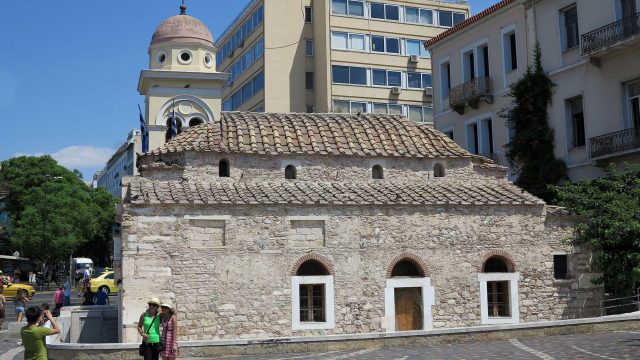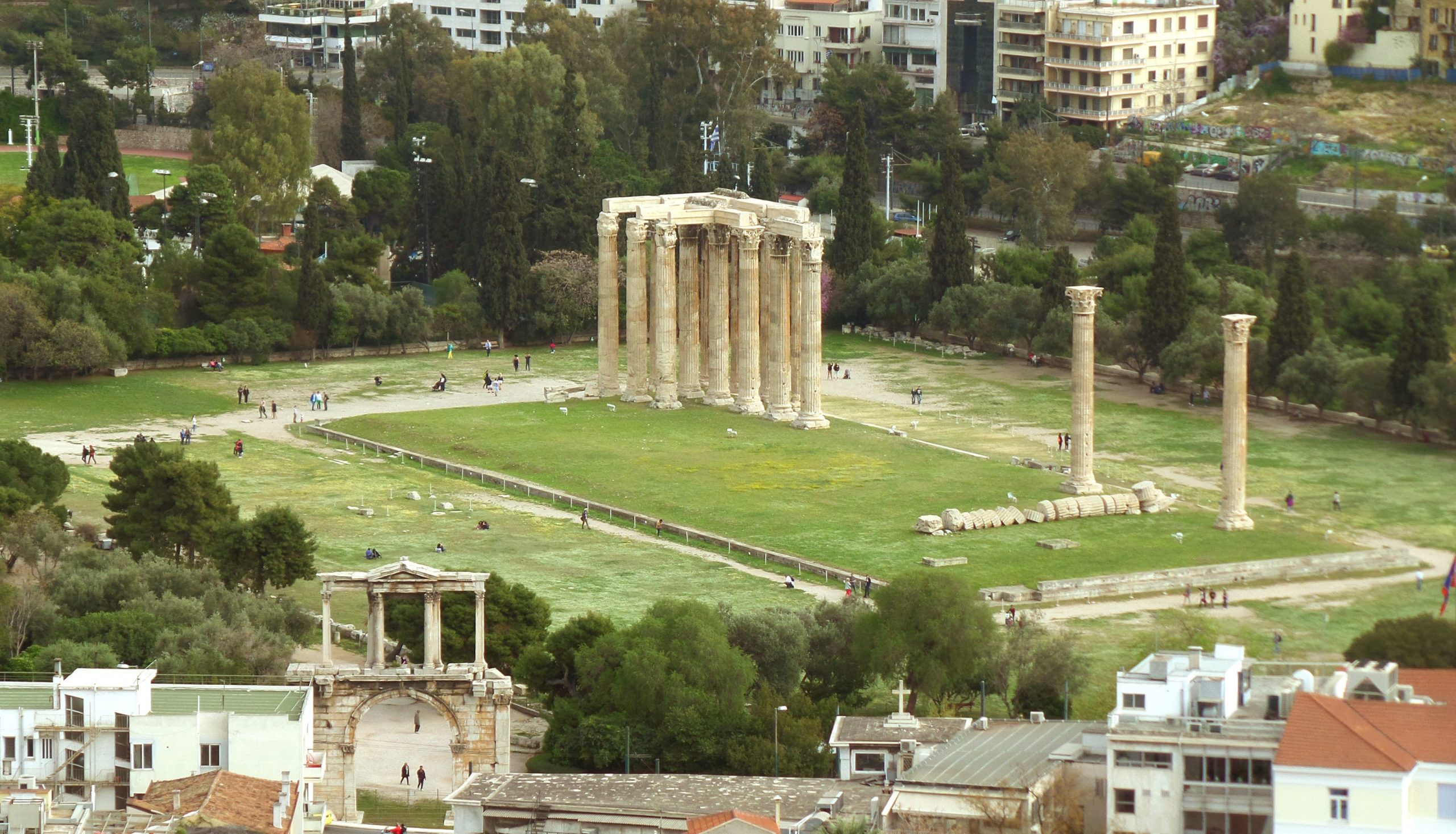The Long Walls
The Long Walls
The day after the Persian sack of 480/479 BC, Athens was completely unfortified. After the Battle of Plataea (479 BC) and the final expulsion of the enemy forces from the Greek lands, Themistocles’ main concern was the fortification of the city. Thus, within a year, Athens and the northern part of the Acropolis received new fortifications, incorporating parts of older buildings and votive offerings, even tombstones, while at the same time completing the fortification of the ports of Piraeus, which Themistocles himself had inaugurated as Archon in 493/2 BC (Themistoclean fortification).
The project was carried out a few years later by Kimon, during whose days the construction of the two long walls, the Faliric and the Northern Wall (459-456 BC), which connected Athens with Piraeus, preceded. At the same time, the unprotected southern part of the Acropolis (the Kimoneion wall) was fortified. Soon, in the years 446-443 BC, the construction of the Long Walls was completed with the construction of the South Wall or through the middle wall between the Faliric and the North Walls, a project that was carried out on the initiative of Pericles. Thus, the defensive fortification from Athens to Piraeus was finally continuous with the Long Walls. Sections are located on the “Cyclopean Wall” and the “Pelargic Wall”, which surrounded the sacred rock of the Acropolis during the late Helladic IIIB period (end of 2nd millennium BC), creations probably of the Archon Theseus.
They were demolished after the defeat of the Athenians in the Peloponnesian War and rebuilt after the restoration of the Republic in Athens by Conon in 394 BC. In summary, the southern part of the Long Walls is located under the tracks of the electric train and the northern part under the modern Piraeus Street and Cyprus Street in Moschato. They started from the city gates of Piraeus and the southern part ended at the hill of Asteroskopeio and the northern part at the hill of Philopappos. They created a communication corridor between Athens and Piraeus, allowing the safe movement of people and goods in times of peace, but especially in times of war. The Long Walls and the Fortress of Piraeus were one of the largest ancient fortifications in Attica. They symbolized the multi-level development of Athens and its transformation into a naval and political superpower throughout classical antiquity.
Today, most of the Long Walls have been destroyed. However, in some places, mainly in the area of the Marina of Zea (Pasalimani), parts have been preserved that arouse the interest of every visitor. Remains of the Themistoclean fortifications are preserved in various parts of Kaminion of Rentis, Moschato and Tauros next to the remains of funerary monuments, while on the Athens side they are found in the area of Kerameikos and near the Olympeion, which was apparently inside the walls.







